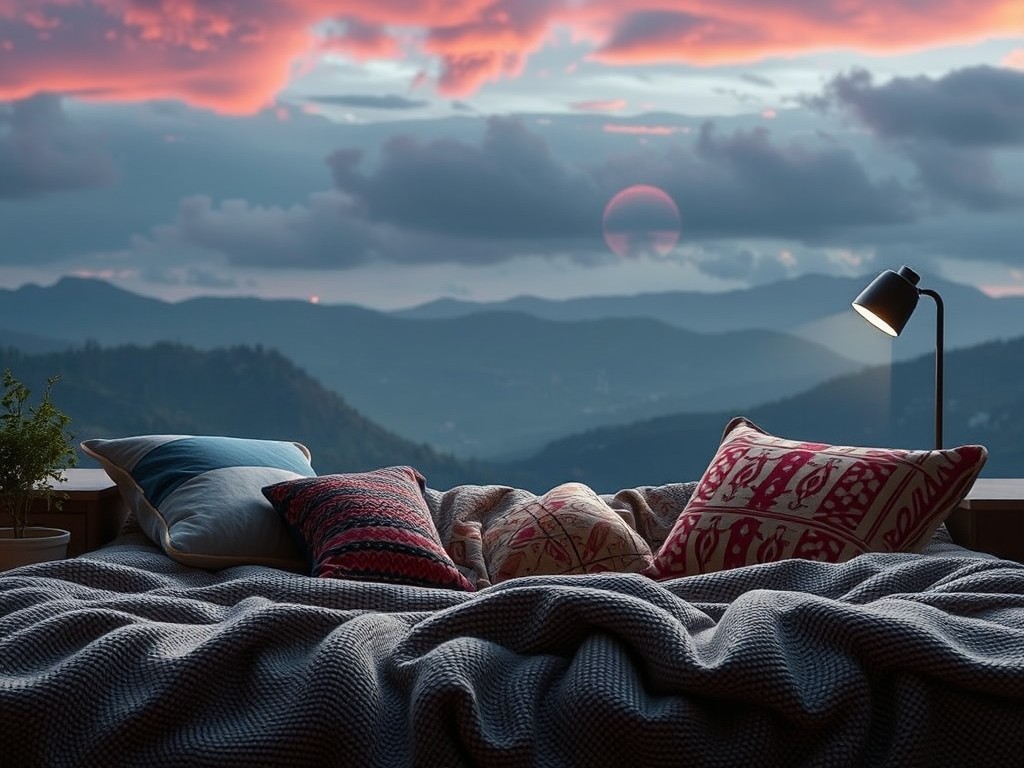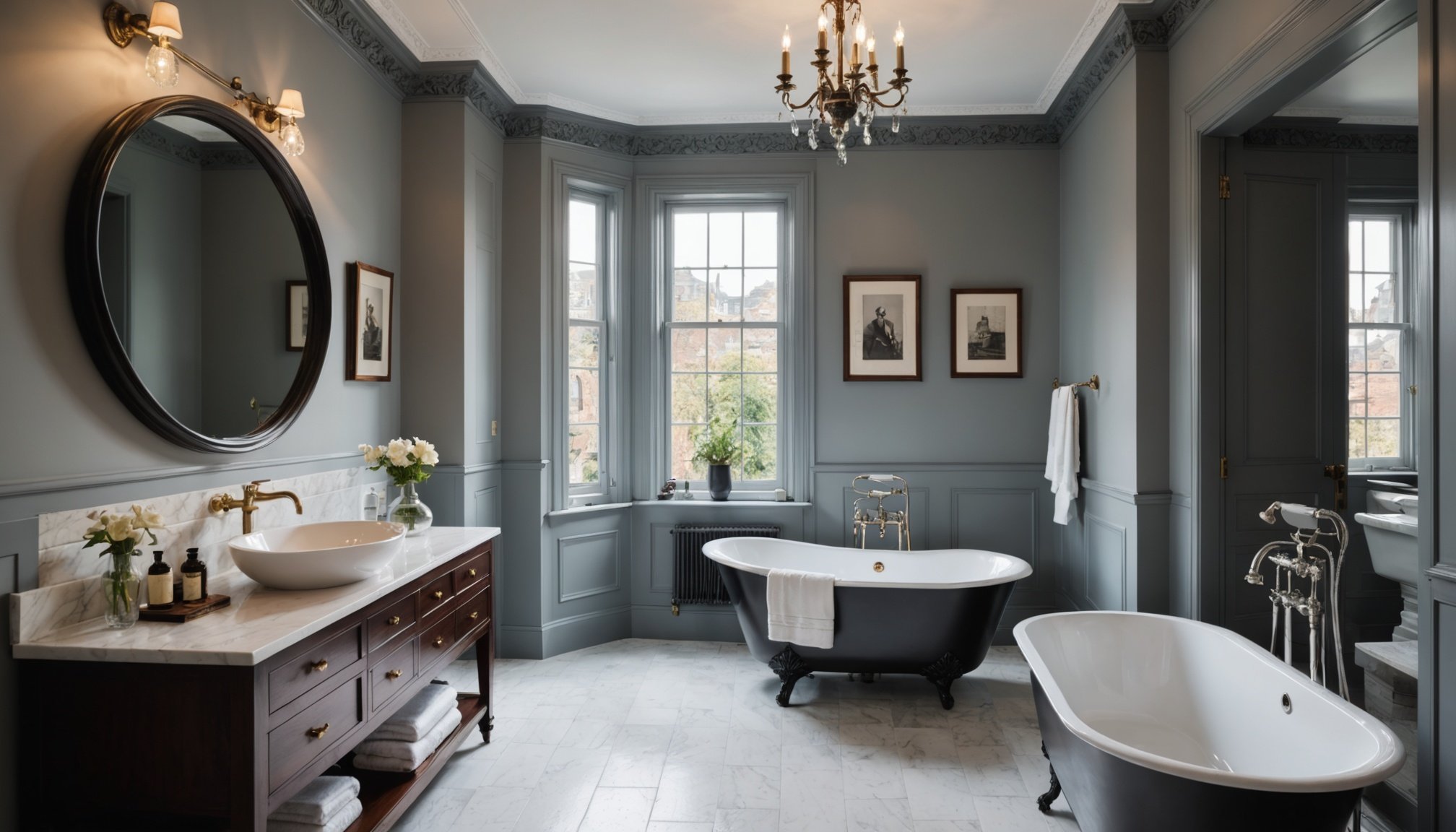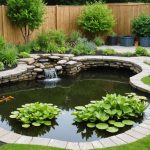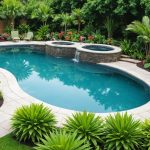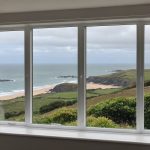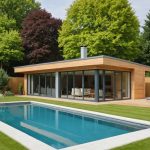Understanding Water Efficiency in Victorian Townhouses
Victorian townhouses are renowned for their historical charm, but their water efficiency often lags behind modern standards. Original designs in these homes did not prioritise water conservation, leading to high water consumption patterns. Faucets and toilet systems used in the Victorian era typically have higher flow rates, and the plumbing infrastructure was not designed for today’s water conservation requirements.
To make Victorian townhouses more sustainable, modern retrofitting plays a crucial role. Retrofitting involves updating or replacing outdated water fixtures and plumbing systems with water-efficient technologies. This may include installing low-flow toilets, efficient showerheads, and smart irrigation systems. Such upgrades not only lower water usage but also can significantly reduce utility bills, creating both environmental and economic benefits.
A lire aussi : Discover the Best Energy-Efficient Windows for Cold Climate New Builds in the UK
Incorporating water efficiency into the design of old Victorian models is also essential for their sustainability. This can be achieved through thoughtful design modifications that blend historical aesthetics with modern sustainable design practices. Integrating rainwater harvesting systems or greywater recycling setups offer practical solutions.
By pursuing these strategies, Victorian townhouses can maintain their historical appeal while meeting today’s sustainability standards. This balance ensures these beloved homes can continue to be cherished by future generations, aligned with contemporary environmental consciousness.
En parallèle : Top Fire-Resistant Materials for UK Home Interiors: Ensuring Safety Without Compromising Style
Innovative Bathroom Design Strategies
Innovative bathroom designs are transforming homes by focusing on space optimization and modern fixtures. These designs contribute to both form and function, creating stylish and efficient bathroom spaces.
Utilizing Space Efficiently
Maximizing space in small bathrooms can be a challenge, but strategic solutions make it possible. Consider employing wall-mounted vanities and toilets to free up floor space. Functional design such as dual-purpose fixtures can also play a critical role. Examples include combining mirrors with storage or using a sink over a toilet tank. Remarkably, innovative designs in urban apartments show how minimalistic layouts successfully integrate convenience and elegance without clutter.
Selecting Water-Saving Fixtures
Selecting water-saving fixtures, like low-flow toilets and showerheads, can minimize environmental impact. Dual-flush systems offer an ideal choice, allowing users to select between two water volumes, conserving water intelligently. Compared to traditional fixtures, modern solutions achieve remarkable savings without compromising performance, highlighting the evolution in water-use efficiency.
Integrating Eco-Friendly Materials
Embracing sustainable materials for bathroom remodeling can significantly reduce a home’s environmental footprint. Incorporating reclaimed wood, bamboo, or eco-friendly tiles adds a natural aesthetic while promoting sustainability. Opting for certified products ensures high standards of water efficiency. Examples of eco-friendly bathroom designs include low-VOC paints and LED lighting, crafting an environment that’s both beautiful and kind to the planet.
Case Studies of Water-Efficient Victorian Bathrooms
Exploring real-life examples of water-efficient bathroom remodeling in Victorian homes highlights the practical application of sustainable practices. These case studies provide insight into both the design elements and the results achieved post-renovation.
One notable example involves a Victorian terrace where modern and efficient water fixtures were installed. The bathroom remodeling incorporated low-flow toilets and aerated taps, significantly reducing water consumption without sacrificing function or style. These specific design elements blended seamlessly with the traditional aesthetic, maintaining the charm of the era while adopting eco-friendly features.
Another standout remodel incorporated a greywater recycling system, ingeniously routing used water from sinks and showers for use in garden irrigation. This not only maximised water efficiency but also enhanced the home’s sustainability. As a testament to the impact of these changes, post-remodel evaluations showed a remarkable 30% reduction in overall water usage, showcasing the effectiveness of thoughtful design in achieving such results.
These diverse examples underline the importance of carefully selecting design elements that harmonise with Victorian elegance while pioneering sustainability. The success of these case studies serves as valuable inspiration and guidance for those considering pursuing water-efficient renovations in their own homes.
Cost-Effectiveness of Water-Efficient Bathroom Improvements
Investing in water-efficient improvements for your bathroom can offer considerable cost-saving opportunities over time. While the initial investment might seem steep, the long-term benefits provide substantial returns. For example, upgrading to water-saving fixtures such as low-flow toilets and showerheads reduces water usage significantly. This efficiency translates into lower utility bills, enabling homeowners to recoup their initial expenses relatively quickly.
The strategy also increases the potential resale value of your property. Homes equipped with modern, eco-friendly bathrooms are attractive to environmentally-conscious buyers, which can lead to a more favorable market position. This increase in property value further enhances the profitability of your investment in water-efficient renovations.
In addition to personal financial benefits, various grants and incentives are available in the UK to support such improvements. The government and some local authorities offer funding initiatives designed to encourage homeowners to adopt water-saving technologies. These schemes reduce the upfront costs, making environmentally-friendly upgrades more accessible.
By understanding the financial dynamics of water-efficient bathroom enhancements, homeowners can make informed decisions that contribute to substantial savings and increased property desirability, along with helping the environment by reducing water wastage. Such choices lead to a harmonious blend of economic and ecological benefits.
Local Regulations and Incentives for Water Efficiency
In the UK, water conservation is guided by stringent regulations impacting bathroom designs. These regulations are primarily focused on reducing unnecessary water wastage, fostering sustainable usage in residential areas. Homeowners and developers should be aware of the compliance measures necessary for renovations. For instance, limits on water consumption rates for fixtures like toilets and taps must be adhered to during renovations to align with UK regulations.
Local authorities offer various incentives encouraging decreases in water consumption. These might include rebates for installing water-saving appliances or subsidies to support the costs of integrating efficient systems. Such incentives aim to promote a broader adoption of water-efficient technologies across homes.
Furthermore, resources are available to guide homeowners and builders in meeting compliance standards. Websites of local councils often provide detailed documents specifying the requirements for bathroom renovations, while professional bodies offer certifications to verify compliance. This combination of regulation and incentive is designed to advance the UK’s water conservation goals. Staying informed and utilizing these resources ensures that homeowners not only comply with local regulations but also benefit from potential savings. Understanding these frameworks is crucial for responsible water use and enhancing property value.
Visual Inspiration and Design Ideas
Exploring bathroom design ideas can significantly transform your living space, blending functionality with beauty. With the right visual inspiration, you can create a unique aesthetic tailored to your tastes.
Mood Boards for Victorian Bathroom Designs
Mood boards offer a compelling way to organise your bathroom design ideas. For Victorian styles, think rich textures and intricate patterns. Curate colours like deep reds, greens, or blues paired with brass or gold fixtures to evoke a luxurious feel. Incorporating textures like marble or rich wood graining enhances the sustainable aesthetic, providing a foundation for more eco-friendly materials.
Photography of Innovative Bathroom Designs
Showcasing innovative designs involves capturing high-quality before-and-after shots. These images not only document transformation but also highlight the impact of thoughtful renovation aesthetics. Professional photography boosts real estate appeal and inspires future projects. By presenting various designs, you can see examples of differing styles, all contributing to a refreshing perspective on bathroom layouts.
Integrating Technology for Efficiency
Embracing technology in bathrooms isn’t just a fad. Smart home technologies like water-saving fixtures and apps for tracking usage are not only efficient but also align with sustainable living goals. As Victorian homes integrate more tech, future trends might see even further advancements in water management and design, creating a harmonious blend of past elegance with future functionality.
